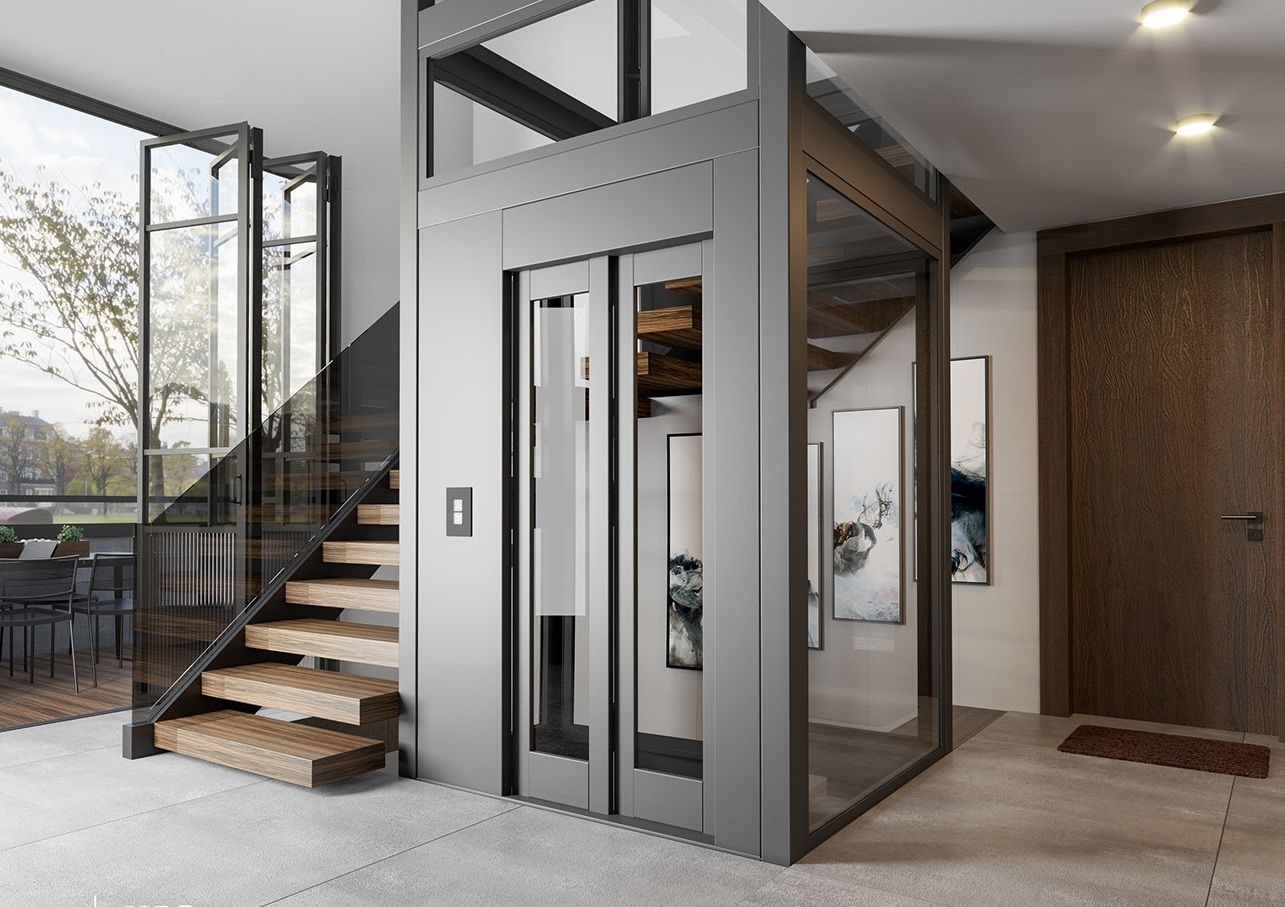Dubai Villa Elevators: An Overview of Exotic Living
The demand for opulent villas has increased in Dubai, a city known for its grandeur and architectural wonders. Villa elevators have become a necessary feature to improve accessibility and convenience within these opulent homes. We will dive into the world of villa elevators in Dubai in this blog post, going over the features, kinds, and things to think about when selecting the ideal elevator for your ideal house.
In Dubai, Why Select a Villa Elevator?
- Enhanced Accessibility: Villa elevators provide easy access to all floors of your home, making it convenient for residents of all ages and abilities.
- Increased Property Value: Putting in a villa elevator can raise the value of your house significantly and attract more buyers.
- Better Lifestyle: Live a more luxurious and convenient life with your own personal elevator in your villa, which will improve your general standard of living.
- Security and safety: With their cutting-edge safety features, contemporary villa elevators guarantee the wellbeing of their users.
Villa Elevators
A villa is a big structure with several rooms and opulent features. A system that facilitates floor access in a villa with contemporary amenities is an elevator. With its various varieties, users can comfortably transport family members and goods. The main benefit of an elevator is that it makes it possible to reduce risks and injuries by taking care of necessities. The villa owners can benefit from the latest technological advancements with a variety of elevator options available. In order to provide a necessary service to homes whose residents have limited mobility, Eco Planet VILLA ELEVATORS are specifically made for residential use. They combine technology, aesthetics, and craftsmanship. Exclusively offered in gearless versions, with a variety of cabin options to meet a range of needs and preferences
What Considerations Need to Be Made When Selecting an Elevator for a Villa?
A growing number of private homes are finding that villa elevators are an essential vertical transportation tool. They are useful and easily accessible. Additionally, they can be transformed into lovely home decorations. You must comprehend the distinctions between private elevators and public elevators before selecting one.
Elevators in villas are installed differently than those in public spaces, to start. Users' private spaces are where they are primarily installed. Its more basic and compact design makes sense given the small lifting height, lack of a dedicated hoistway, and restricted installation space. The computer room is frequently left out as well.
Furthermore, the focus of regular public elevators and villa elevators differs. There are significant reductions in certain indicators. In comparison to standard public elevators, the load capacity of villa elevators is substantially lower—it does not exceed 400 kg. Nevertheless, passenger flow is not a factor that villa elevators must take into account. The issue is that, while running at a safe and secure pace of 0.3 to 0.4 meters per second, it is slower and more stable.
Choosing a villa elevator involves a lot of considerations
- Civil engineering: Traction elevators, screw elevators, and hydraulic elevators are the different types of elevators. Different requirements apply to civil engineering depending on their types. The hoistway must have a specific amount of space for standard traction elevators. For the purpose of creating a sightseeing elevator, the concrete hoistway can also be constructed with a steel structure hoistway and a glass curtain wall. There are minimum depth and maximum height requirements for the pit, as well as certain requirements for the top floor. Should the villa residence have a designated hoistway, you can choose the right car model by comparing the car's width and depth to the hoistway's dimensions. If no hoistway is reserved, you can build a new hoistway based on the size space needed for various models, starting with the elevator model that you have chosen.
- Safety: In general, a third party that has been verified and approved by professional organizations is required to inspect elevators. You should be aware of the safety features and layout of the elevator before selecting a villa lift. To safeguard the safety of private users, villa elevators must be outfitted with features such as an external telephone system backup power supply and an emergency call feature. Additionally, routine maintenance is required for the villa elevator to ensure its safety, determine whether it can continue to run, and fix any flaws or hidden hazards.
- Price: The equipment, installation, and civil construction costs are all included in the total cost of installing the villa elevator. The pricing disparity will be readily apparent based on variables like the various villa elevator grades, configurations, and performances. It is impossible to overlook the costs associated with civil construction and installation when customizing villa elevators.
- Maintenance: When ordering a villa elevator, a maintenance contract must be signed. The elevator must also be routinely inspected and maintained by the manufacturer's skilled maintenance staff. Your family's safety depends on you performing annual routine maintenance and repairs on the elevator after the free warranty period has passed.
- Operation and appearance: Villa elevators must meet stricter specifications for interior design since they are a private, customized product utilized in upscale villa homes. Parts that will influence the overall style of interior decoration are the control face design, the car's interior decor, and the exterior facade of the hoistway or sightseeing elevator's frame shape. Ensuring that safety is not excessively adorned while also fulfilling the needs of each individual and adhering to the style of decoration are imperative.
Additionally, be mindful when selecting the villa elevator's door opening mechanism—automated or manually drawn. The villa elevator design with side-opening automatic doors can maximize building space conservation, maximize the use of the hoistway's width, and provide convenient access for the elderly and disabled—all of which are more convenient.
